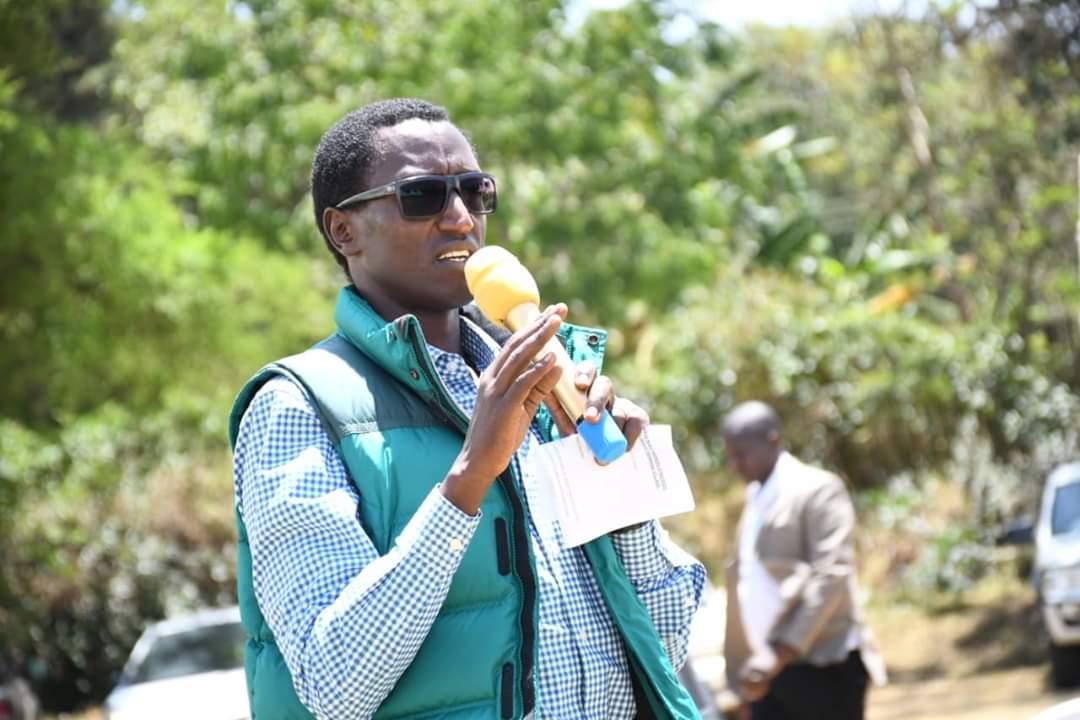Embracing crop rearing to cope with effects of climate disaster

More than 500,000 Kenyans living across four counties and who are traditionally pastoralists are now looking into embracing different forms of livelihoods after rearing livestock was impeded by climate.
About eight in every 10 former pastoralists we spoke to said they abandoned livestock rearing due to frequent drought seasons that killed their animals.
With no animals to sustain their financial needs, about 23 per cent of the former pastoralists are fully dependent on humanitarian support, another 21 per cent have turned to casual labour while 17 per cent have no income at all.
Data on the affected communities, which was collected in Turkana, Marsabit, Isiolo and Garissa counties, paints a grim picture of how climate change is diminishing pasture and water, and exposing the vulnerable pastoralists to economic hardship.
Shockingly, only a few displaced individuals, 8100 in Turkana and 6825 in Garissa want to return to their area of origin. “Most respondents (58 per cent) plan to stay and 49 per cent would not return to their area of origin even if conditions improved,” the International Organisation for Migration-Kenya (IOM-K) said.
Among the conditions that the displaced people cited if they were to return to their homeland were better quality drinking water (17 per cent), quality land (11 per cent) and improved services such as healthcare and schools.
Distress migration
In just two years, 2023 and 2024, when the country experienced drought and heavy rains that resulted in floods, the number of displaced persons tripled compared to the period between 2007 and 2022. IOM- K statistics showed that about 242 households (approximately 1,452 persons) were displaced during the years 2007 to 2022, whereas 747 households (approx. 4,482 persons) were displaced in 2023 and 2024.
With limited livelihood options, finding viable means of sustaining themselves economically has become a challenge as the regions are marginalised with resource scarcity prompting distress migration of the affected families.
According to the data, 24 per cent of the families that have lost their livelihoods have chosen to move in with family and friends. Another eight per cent requested money from their well-up families or friends while 13 per cent sold their livestock.
Violence as communities fight for limited resources and food insecurity were both cited as the major reasons for the increasing number of people migrating to safer areas.
IOM-K noted that 68 per cent of the residents had been displaced in the previous seven months, out of which 33 per cent were displaced due to violence.
“In Turkana, 98 per cent of those interviewed highlighted water scarcity as a major concern, with access to secure water sources often requiring dangerous and long trips. In Garissa, 97 per cent of respondents identified water scarcity as a main concern. Water scarcity was compounded by food insecurity, with 65 per cent noting challenges related to food insecurity,” the agency said.
As the residents of the four counties continue to grapple with climate-induced crises, climate change committees in their respective counties have been inactive with 26 per cent of the respondents saying they are not operational while 43 per cent said they knew nothing about them.
Additionally, 74 per cent of those interviewed said they had no early warning system to alert them at the onset of adverse climate conditions.
Essential resources
During the fifth Migration and Mobility Working Group (MMWG) meeting held in November last year, stakeholders highlighted how climate change threatened the traditional livelihoods of pastoralist communities in the Arid and Semi-Arid Lands (ASALs), exacerbating food insecurity, conflict, and competition for essential resources like water.
“Climate change on the vulnerability of community members has escalated human mobility, elevating risks of human trafficking and exploitation, which requires collaboration among like-minded partners to combat,” MMWG co-chair and IOM-K Chief of Mission Sharon Dimanche said.
Turkana Deputy Governor John Erus who was among the officials from the affected counties attending the meeting noted that the management of cross-border movement of population, food security, and water infrastructure would spur development in his county.
Embracing the plough
State Department for the ASALs and Regional Development Assistant Director Serah Mwangi said the government is supporting climate vulnerable communities to prepare for shocks through early warning systems and to respond to climate disasters through programmes such as the Shock Responsive Safety Net System currently in development. “To accelerate recovery, the Department also supports communities’ sources of livelihoods such as livestock and farming.”
In 2023, donors supported the government in establishing climate resilience farming in Turkana and Garissa counties to address climate-induced mobility in arid and semi-arid areas.
The project has so far benefitted a total of 32,384 people including 16,521 women and 15,863 men in the two counties.
Data from IOM-K showed that over five thousand pastoralists comprising of 2, 873 women and 2,2299 men have turned to farming since the project started while 10,434 people in seven communities now have access to safe water for agriculture, livestock and domestic use from seven boreholes which have been equipped with solar-powered water pumps.










